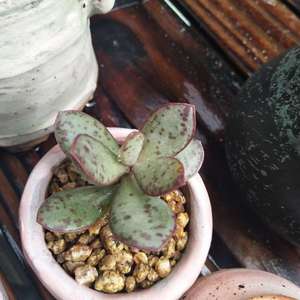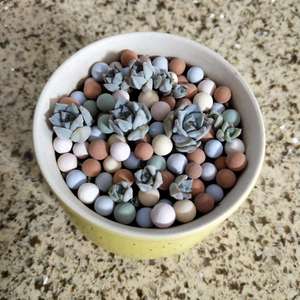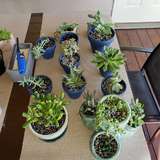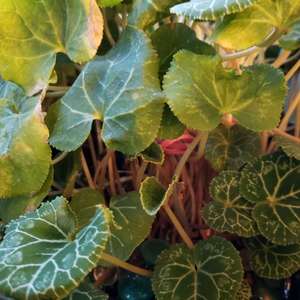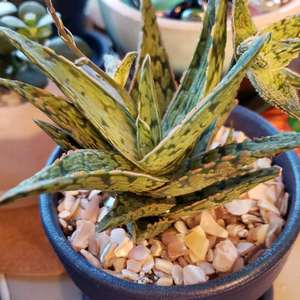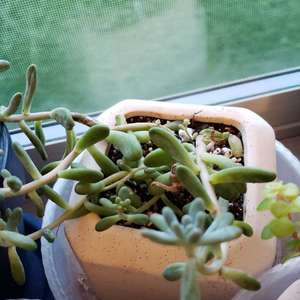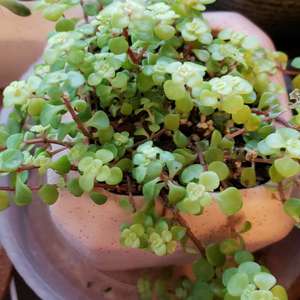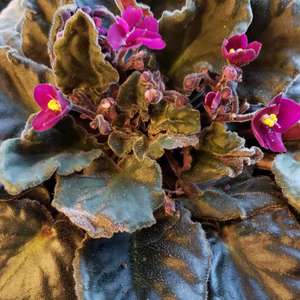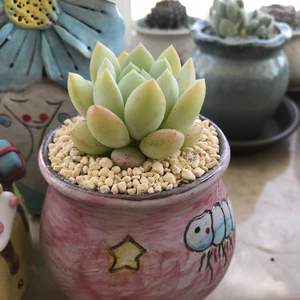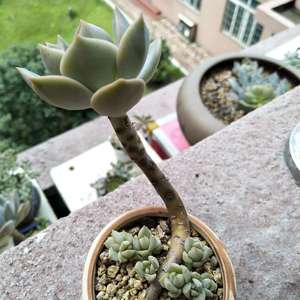文章
Miss Chen
2018年09月01日

A standby in the butterfly garden, milkweed (Asclepias syriaca), which grows in U.S. Department of Agriculture plant hardiness zones 3 through 9, provides the sole food source for monarch butterfly caterpillars. This 2 to 3-foot-tall perennial flowers through the summer and is one of several nectar sources for the adult monarch butterflies. With little required care, milkweed is a smart choice for meadows and wild areas of the yard.

Seed Control
Milkweed is best grown in naturalized areas and meadows as it tends to spread and take over more formal garden settings. You can keep it in check by plucking off all the flowers before they turn into seedpods. Use a pair of pruning shears. After clipping, rinse the blades in a solution of 1 part rubbing alcohol to 1 part water then let them dry before storing. Milkweed also spreads -- sometimes aggressively -- by its roots.
Milkweed and Larvae
Monarch butterfly caterpillars rely on the milkweed's leaves for food, but they leave holes behind when they feed. Because of this, milkweed works best in an informal garden setting where the feeding caterpillars can leave ragged-looking plants without ruining your manicured gardens. The caterpillars are easy to find with their striking yellow, white and black stripes.
Slug Problems
While resistant to disease, milkweed does attract slugs. These slow-moving, leaf-eating garden pests damage leaves and flowers when given a chance. If you notice large holes in the leaves, check for slugs -- the best time is after dark with a flashlight -- under the leaves every two to three days. Bring a bucket of water with 1 capful of dish soap added with you. As you pick off the slugs, drop them in the bucket. The soap kills the slugs, eliminating the unpleasant task of crushing them. Wear gardening gloves if you don't like touching the slugs.

Milkweed Aphids
Milkweed aphids suck sap from the plant's leaves. While natural predators usually keep aphids in check, you can use insecticidal soap for severe infestations. Spray the aphids directly with a ready-to-use product until they are saturated. Be careful not to get any on monarch butterfly caterpillars. Because milkweed is such an important plant for the monarch butterfly, avoid treatments when possible and don't use harsher chemical treatments. Sometimes simply spraying aphids with a strong jet of water is enough to get rid of them. Don't mistake the aphids for monarch eggs. Monarch butterflies commonly lay a single egg on each milkweed plant under a leaf. The milkweed aphids are yellow and generally live in colonies while the egg is and white and commonly on its own.
Winter Care and Toxicity
Milkweed plants survive the winter in cold regions by going dormant. In fall, adding a 3- to 4-inch-deep layer of mulch helps insulate the soil. While not required, this helps keep the ground from freezing and thawing and disrupting the roots. In spring, pull back the mulch to give space to the new growth. Plant milkweed away from areas where small children or pets spend time as the leaves are toxic if eaten.

Seed Control
Milkweed is best grown in naturalized areas and meadows as it tends to spread and take over more formal garden settings. You can keep it in check by plucking off all the flowers before they turn into seedpods. Use a pair of pruning shears. After clipping, rinse the blades in a solution of 1 part rubbing alcohol to 1 part water then let them dry before storing. Milkweed also spreads -- sometimes aggressively -- by its roots.
Milkweed and Larvae
Monarch butterfly caterpillars rely on the milkweed's leaves for food, but they leave holes behind when they feed. Because of this, milkweed works best in an informal garden setting where the feeding caterpillars can leave ragged-looking plants without ruining your manicured gardens. The caterpillars are easy to find with their striking yellow, white and black stripes.
Slug Problems
While resistant to disease, milkweed does attract slugs. These slow-moving, leaf-eating garden pests damage leaves and flowers when given a chance. If you notice large holes in the leaves, check for slugs -- the best time is after dark with a flashlight -- under the leaves every two to three days. Bring a bucket of water with 1 capful of dish soap added with you. As you pick off the slugs, drop them in the bucket. The soap kills the slugs, eliminating the unpleasant task of crushing them. Wear gardening gloves if you don't like touching the slugs.

Milkweed Aphids
Milkweed aphids suck sap from the plant's leaves. While natural predators usually keep aphids in check, you can use insecticidal soap for severe infestations. Spray the aphids directly with a ready-to-use product until they are saturated. Be careful not to get any on monarch butterfly caterpillars. Because milkweed is such an important plant for the monarch butterfly, avoid treatments when possible and don't use harsher chemical treatments. Sometimes simply spraying aphids with a strong jet of water is enough to get rid of them. Don't mistake the aphids for monarch eggs. Monarch butterflies commonly lay a single egg on each milkweed plant under a leaf. The milkweed aphids are yellow and generally live in colonies while the egg is and white and commonly on its own.
Winter Care and Toxicity
Milkweed plants survive the winter in cold regions by going dormant. In fall, adding a 3- to 4-inch-deep layer of mulch helps insulate the soil. While not required, this helps keep the ground from freezing and thawing and disrupting the roots. In spring, pull back the mulch to give space to the new growth. Plant milkweed away from areas where small children or pets spend time as the leaves are toxic if eaten.
0
0





